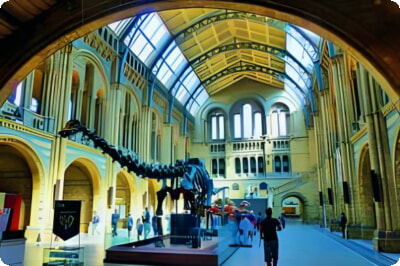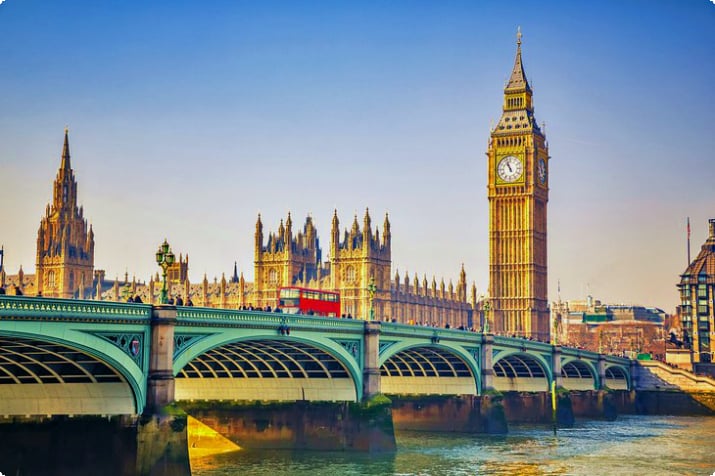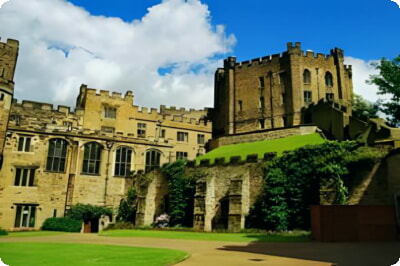Exploring the Natural History Museum in London
The Natural History Museum in London, established in 1754 and relocated to its current Romanesque-style building in 1881, owes its origins to the scientific collections of Sir Hans Sloane. This grand structure, designed by Alfred Waterhouse, stretches 675 feet in length and features two towers each standing at 190 feet tall, adorned with terra-cotta animal reliefs.
Initially housing over 50,000 books, 10,000 preserved animals, and 334 volumes of plant species, the museum's collection has expanded to over 80 million items across zoology, paleontology, mineralogy, entomology, and botany, with half a million new additions annually. It also serves as a hub for scientific research and conservation, boasting Charles Darwin's specimens among its historical treasures.
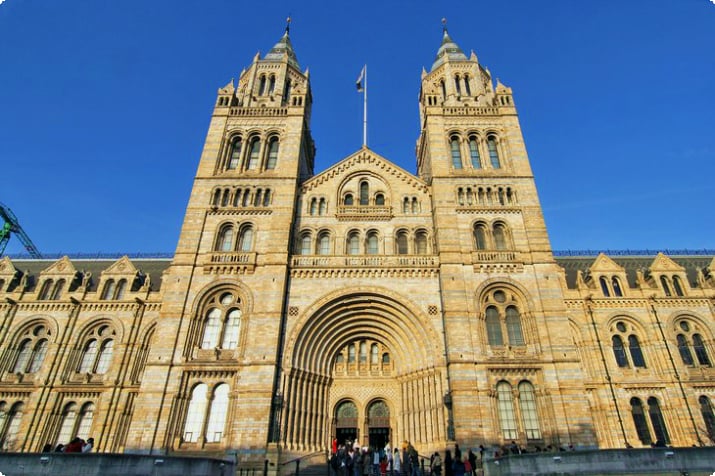
Other notable collections include those of Joseph Banks and Sydney Parkinson, featuring zoological drawings and botanical watercolors. As a leading research center for natural history, the museum is a must-visit destination in London, offering easy navigation through its color-coded zones: Red for Earth's history, Green for fossils and marine life, Blue for dinosaurs, and Orange for the wildlife garden and Darwin Centre.
1. Mammals
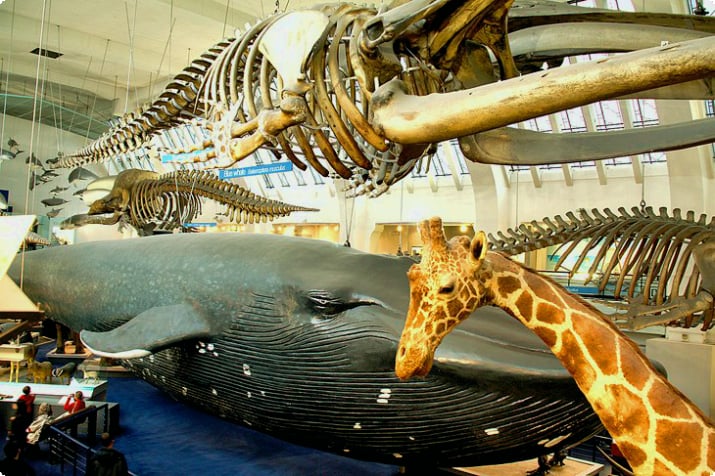
The ground floor's northwest corner showcases a variety of mammals, including extinct species, while the upper gallery focuses on aquatic mammals. Visitors can also explore early mammals and Australian species.
2. The Earth Hall
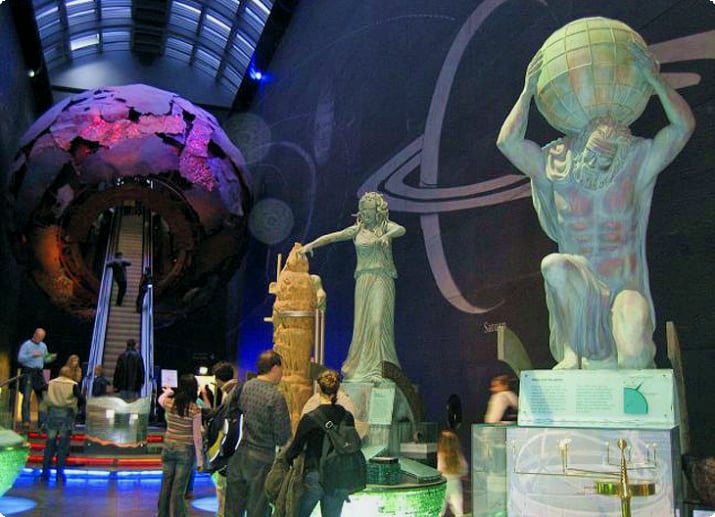
The Earth Hall presents a collection on geology and minerals, with interactive experiences like earthquake simulations and displays of raw and polished gems. It also features lunar rock specimens from Apollo missions.
3. Minerals, the Origin of Species & Human Evolution
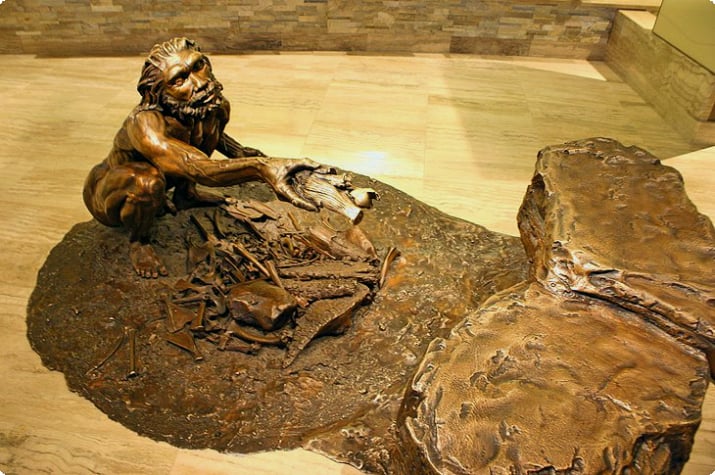
The first floor delves into species origins and human evolution, showcasing Darwin's theories, a vast mineral collection, and meteorites, including the 3.5-ton Cranbourne meteorite. "Lucy," the famous Australopithecus, is also on display.
4. Ecology
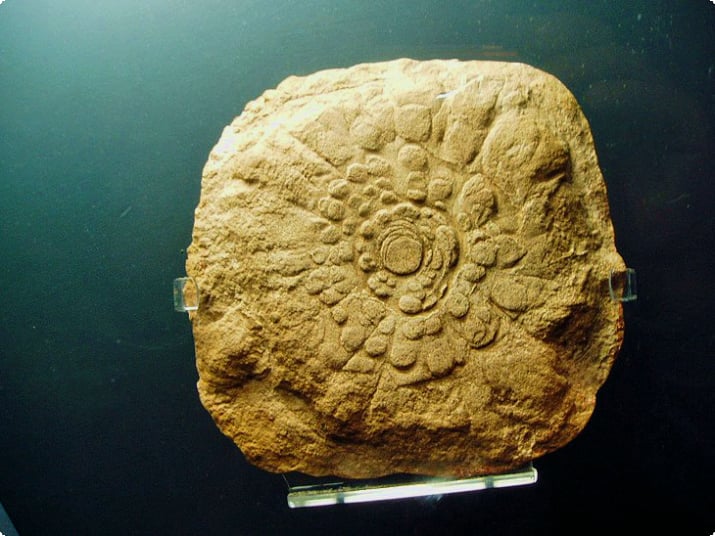
Learn about the balance of nature and environmental issues like acid rain in the ecology section.
5. Dinosaurs
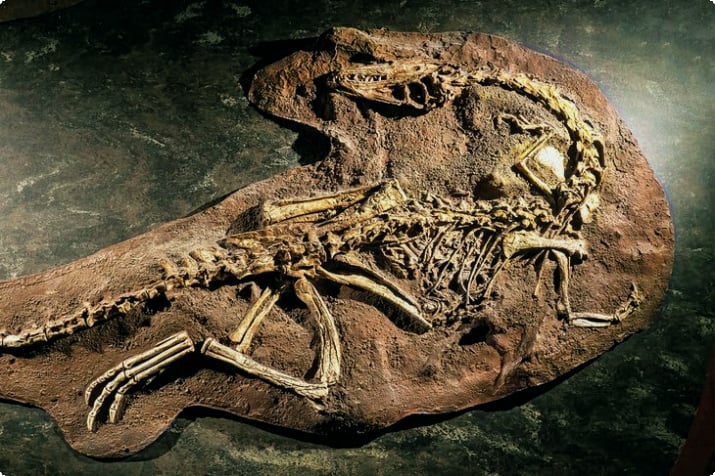
The museum boasts an impressive dinosaur collection, including the Iguanodon and Hypsilophodon, as well as a T-Rex and a triceratops skull.
6. The Darwin Centre
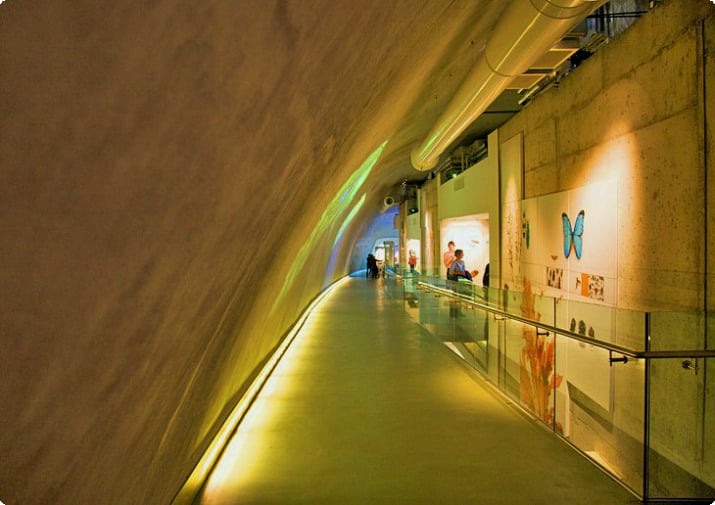
The Darwin Centre, shaped like a cocoon, houses entomology and botanical collections, including Archie the giant squid, and features the Attenborough Studio for historic films and documentaries.
7. After Hours & Late Night Visits
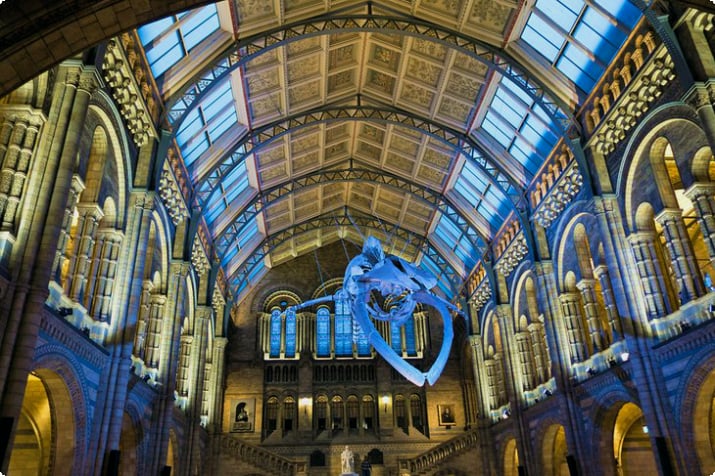
Evening visits offer a unique museum experience with food and drinks, and occasional sleepovers include meals, music, and movies.
The Behind-the-Scenes Spirit Collection Tour
Explore the Darwin Centre's Zoology building and its vast collection on a guided tour, suitable for children over eight.
Address
- Cromwell Road, South Kensington, London
- www.nhm.ac.uk
What's Nearby?
Close to the museum are the Victoria and Albert Museum, the Science Museum, and the Royal Albert Hall. Buckingham Palace, the Houses of Parliament, and Hyde Park are also within a 25-minute walk.

